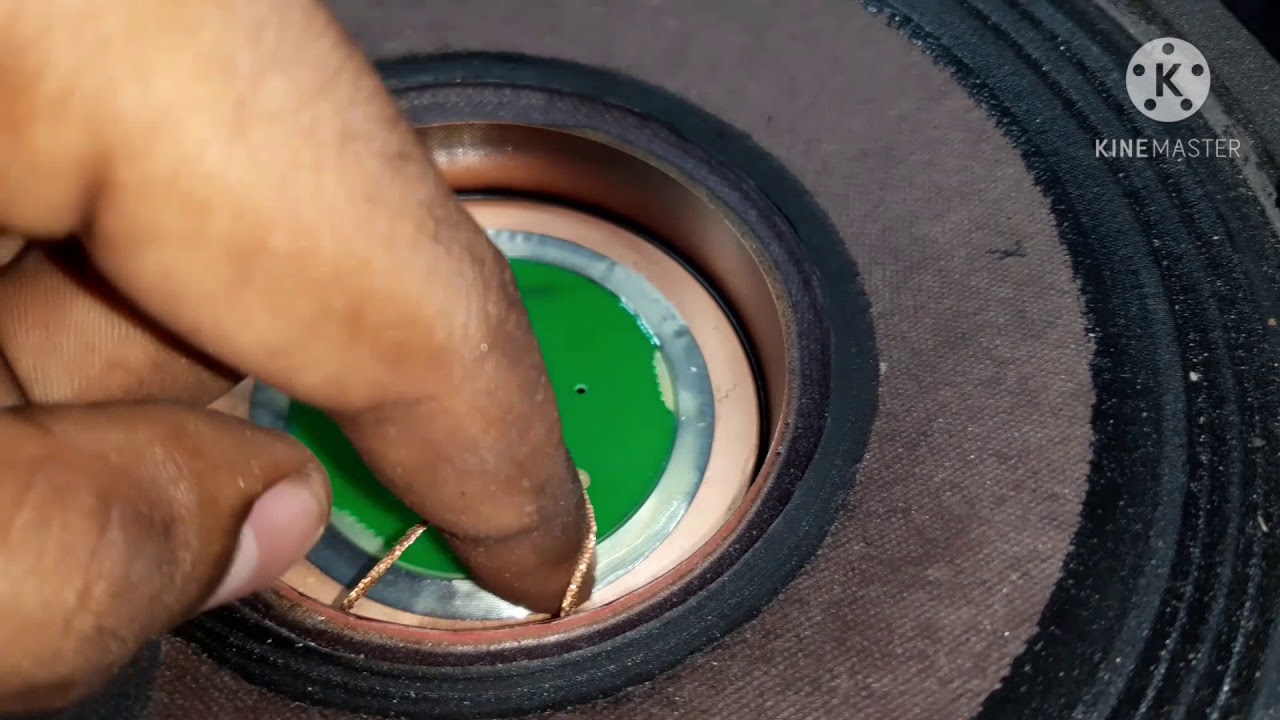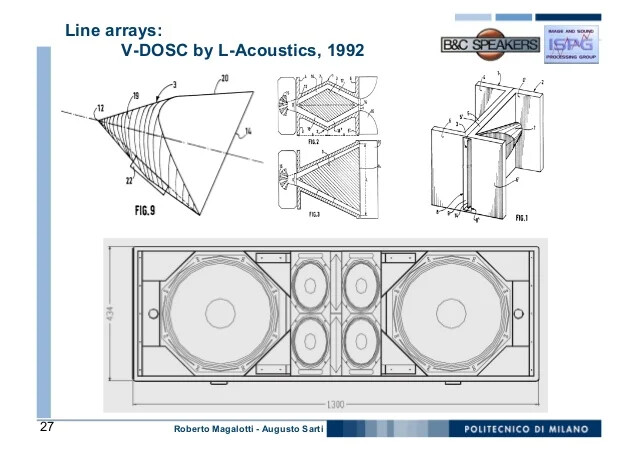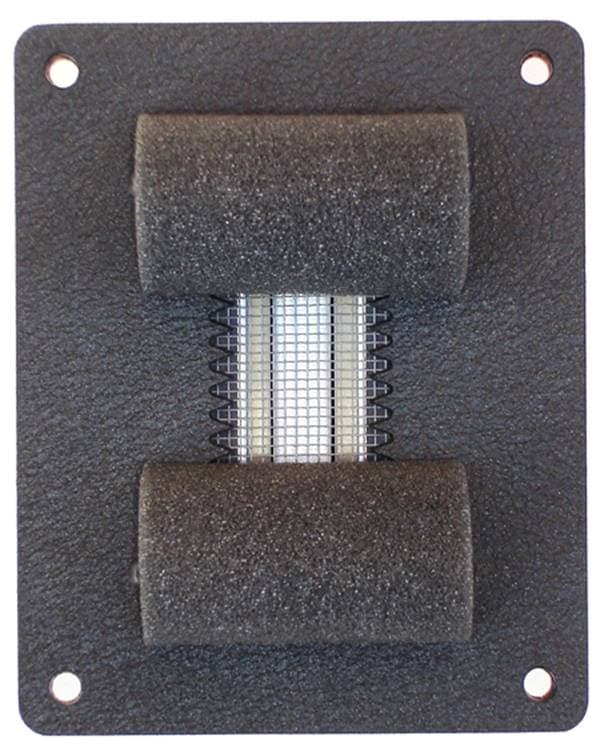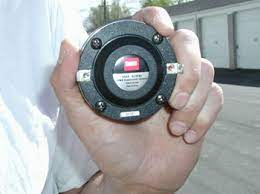so @kimkardashian did NOT ask for this explainer but he is going to get it anyway
before we start i have already written about how subwoofers and midranges are engineered differently here:
and here:
i don’t remember what i wrote there and won’t re-read what i wrote so i may repeat myself or may miss something twice - just ask if you have any questions.
here i want to focus on how different types of drivers can be used SYNERGISTICALLY to complete the system.
my preference is obviously for Sub+Sat system and for a 3-Way + Sub system at that.
a technically optimal / perfectly engineered setup would be a JBL VTX F35
paired to a distributed array of multiple 21" subwoofers based on the Tetracoil driver:
https://www.eighteensound.it/en/products/lf-driver/21-0/8/21ntlw5000
and using large vented enclosures, possibly with variable tuning ( multiple ports that can be individually plugged ). being able to tune the ports from about 16 to 32 hz would be ideal. if you have four ports ( one in each corner of the baffle ) and can run 1, 2, 3 or 4 of those ports you would have this type of flexibility to tune the subs either for music or movies, either for home or PA use and so on. 16 hz would be ideal for home theater for example while 32 hz would be ideal for PA use.
you can’t do better than this - you might be able to save money by DIYing the equivalent of VTX F35 instead of buying it. the F35 is about $7,000 each or about $5,000 on sale and it only has about $2,000 worth of components in it, so there is potential for savings there …
but the real expense in running F35s isn’t the speaker itself - and not even the amplification - but the DSP required …
or rather it must be powered by a Crown AMP that has built in DSP presets for it, it must be Quad-Amped and those amps cost an arm and a leg …
thus the real $$$ saving for DIYer comes from being able to design and use your own DSP filter and perhaps buying used amplifiers on Ebay. this combined with making your own cabinets will save you something like $10,000 at which point it may actually justify the effort so long as you enjoy the process.
it wouldn’t be easy, i have never done anything on that level and that isn’t what this thread is about.
this thread is merely to explain WHY this is the type of setup that is optimal …



